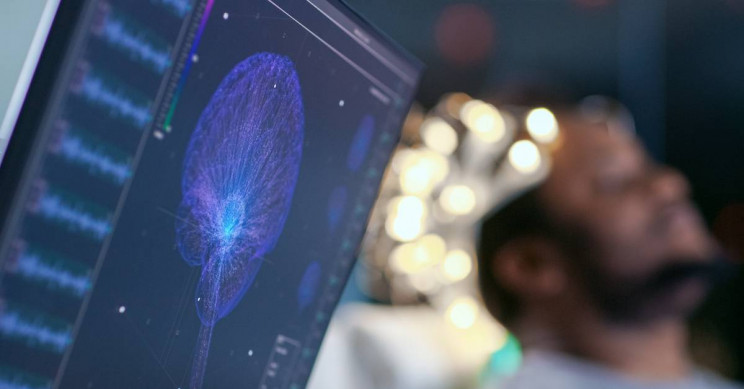The new device could completely alter how those with spinal cord injuries interact with the world.
A new brain-computer interface has been developed that could completely alter how those with spinal cord injuries perceive and interact with the world around them, as reported by Inverse. The invention comes from a team of researchers from the Battelle Memorial Institute (BMI) in Columbus.
Relaying signals to a computer
It consists of a computer chip that is implanted in the brain in order to relay neural signals to a computer. The computer chip then restores not only motion but also a sense of touch.
“There has been a lot of this work done in artificial limbs for amputees, so robotic limbs,” the study’s first author and research scientist at BMI Patrick Ganzer, told Inverse.
“[With] these robotic limbs, you want to move digits or fingers, however feeding touchback is tricky there. Other groups are using this similar brain-computer interface approach to restore movement control and touch, but they’re doing this by stimulating the brain directly. The novel part that we’re addressing is the participant is not using a robotic limb, but he’s using his own hand — which is really challenging.”
Previous studies
This is impressive because previous studies had indicated that patients with spinal cord injuries were no longer producing these secondary sensory signals. Ganzer’s study, however, discovered that these signals were still present, but at levels so low that the patient was unable to feel them.
The solution, therefore, was to use an algorithm to boost their signal and have the computer relay the new data back to the patient through stimulation to forearm electrodes and vibrations on a haptic armband. The electrodes are used for movement while the haptic armband is used for touch sensations.
“One of our main goals right now is to get the system portable, so it may be even wheelchair mountable, and do these experiments in the home where it’s noisy and much more complicated,” Ganzer told Inverse.
“We want this technology to be used not in the laboratory eventually but at home, helping participants.”
Source: New Brain-Computer Interface Can Restore Sense of Touch













